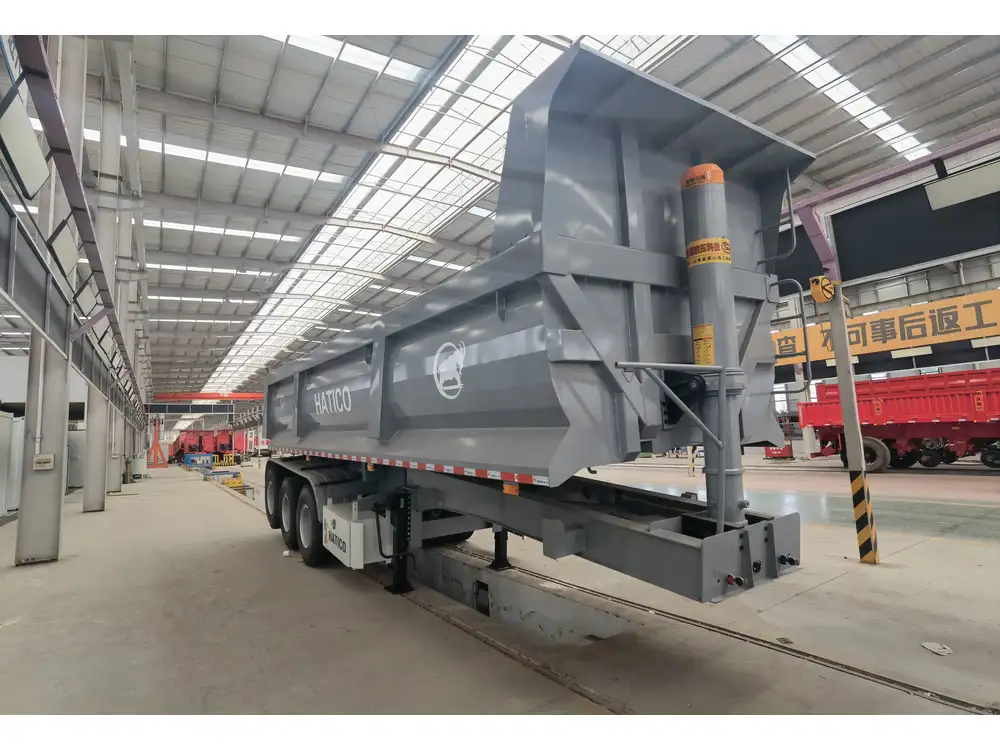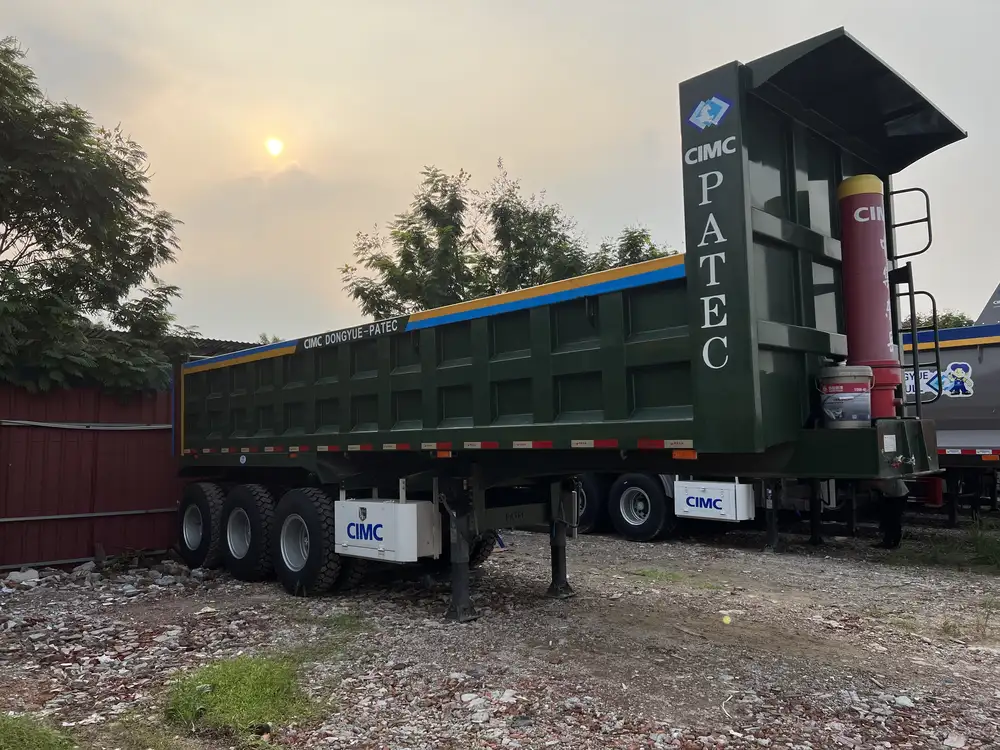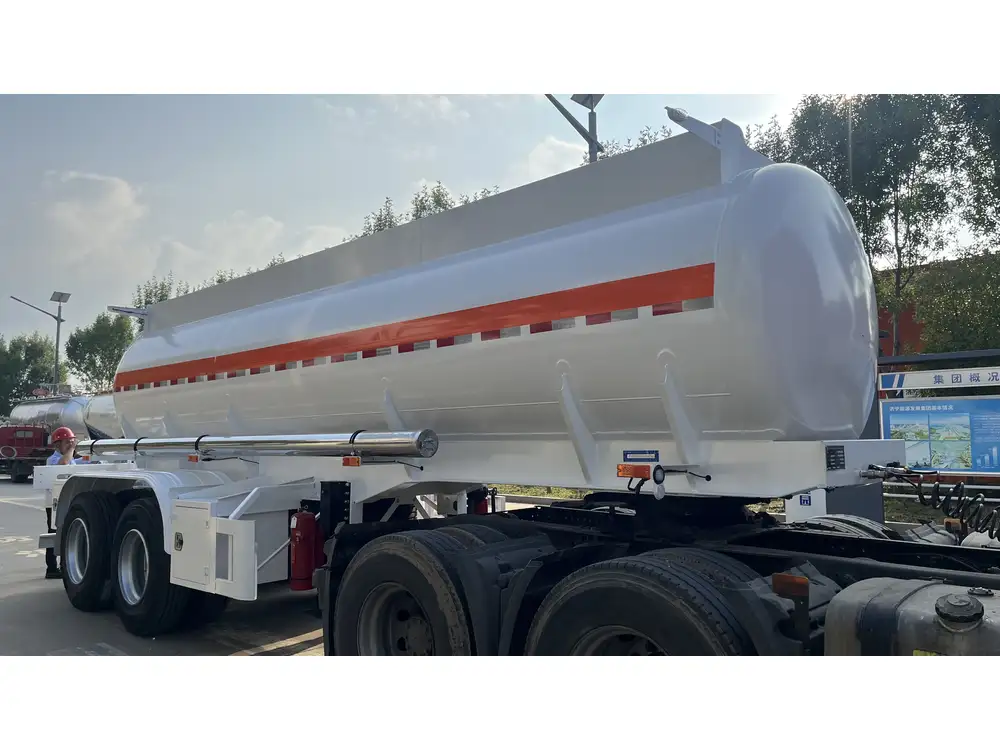When considering transportation options, small flatbed trailers serve a versatile role in the logistics and construction industries. Determining how much a small flatbed trailer weighs is crucial for anyone seeking to understand capacity limitations, compliance with towing regulations, and overall transportability. In this article, we will delve deep into the various factors influencing the weight of small flatbed trailers, how the weight can impact performance, and tips on the selection process.
What Is a Small Flatbed Trailer?
A small flatbed trailer is a type of transport vehicle characterized by its flat, open bed, which allows for easy loading and unloading of various types of cargo, including machinery, construction materials, and recreational equipment. Unlike enclosed trailers, flatbeds provide the advantage of maximizing loading space, allowing for hauling oversized items that may not fit inside conventional trailers.
Key Features
- Open Design: The absence of sides and a roof creates efficient loading and unloading.
- Load Capacity: Designed to handle significant weight, often capable of carrying between 2,000 to 10,000 pounds depending on the model.
- Versatility: Suitable for multiple applications, from hauling motorized equipment to gardening supplies.
- Dimensions: Generally ranges from 4×6 feet to 6×12 feet.

How Much Does a Small Flatbed Trailer Weigh?
The weight of a small flatbed trailer can vary widely based on several factors including:
| Factors | Description |
|---|---|
| Material | Trailers can be constructed from steel, aluminum, or a combination, affecting weight. |
| Size/Dimensions | Larger trailers naturally weigh more; a 6×12 trailer usually weighs more than a 4×6. |
| Design Features | Additional features such as ramps, toolboxes, or reinforced frames add to the overall weight. |
| Tare Weight | The unladen weight of the trailer; typically ranges from 800 to 3,000 pounds. |
| Gross Vehicle Weight Rating (GVWR) | The maximum weight the trailer can carry, including its own weight plus cargo. |
Typical Weight Range
Small flatbed trailers usually fall into the following weight categories based on features and construction:
- Lightweight Trailers: 800 to 1,500 pounds. Commonly made from aluminum or lightweight steel.
- Medium Trailers: 1,500 to 2,500 pounds. Typical for general purpose use with moderate cargo capabilities.
- Heavy-Duty Trailers: 2,500 to 3,000 pounds or more. Designed for heavier loads and built with robust materials.
Importance of Knowing Your Trailer Weight
Understanding the weight of your small flatbed trailer is not simply a matter of knowing how many loads you can carry; it has broader implications:
- Towing Capacity: Knowing both your trailer’s weight and your vehicle’s towing limits ensures safety and compliance with federal and state laws.
- Efficiency: Exceeding weight limits can lead to increased wear on your vehicle, decreased fuel efficiency, and potential fines.
- Insurance and Liability: Overloading can complicate insurance claims or liability disputes in case of accidents.

Calculating Your Trailer’s Load Capacity
To calculate the load capacity of your trailer, you can use the following equation:
[ \text{Load Capacity} = \text{GVWR} – \text{Tare Weight} ]For example, if your trailer has a GVWR of 5,000 pounds and a tare weight of 1,500 pounds:
[ \text{Load Capacity} = 5,000 – 1,500 = 3,500 \text{ pounds} ]Common Misconceptions
- Weight vs. Load Capacity: Many assume that the weight of the empty trailer indicates how much it can carry, which is a misunderstanding.
- Towing Capacity: The mistake of matching trailer weight with vehicle capacity without accounting for cargo can lead to serious safety issues.
The Role of Material in Trailer Weight
The type of material used to construct a trailer plays a pivotal role in its overall weight and functionality.
| Material | Weight Characteristics | Pros | Cons |
|---|---|---|---|
| Steel | Heaviest and most robust, often weighing more than aluminum trailers. | High durability; excellent strength | Prone to rust; heavier weight. |
| Aluminum | Lighter and resistant to corrosion, typically leading to a lighter overall trailer. | Lightweight; resistant to weather | Higher initial cost; less durable than steel. |
| Composite | A flexible option with varying weight based on materials combined, often lighter. | Innovative designs; weight-efficient | Limited availability; cost variability. |

Applications of Small Flatbed Trailers
These trailers are employed across various industries, each with specific functionalities:
1. Construction and Landscaping
- Heavy Equipment Transportation: Hauling machinery such as excavators, compactors, and power tools.
- Lumber and Material Transport: Perfect for carrying large wooden beams or bricks.
2. Recreation and Personal Use
- ATV and Boat Hauling: Ideal for transporting recreational vehicles, boats, and bicycles.
- Home Improvement Projects: Great for moving materials or large items during DIY renovations.

3. Agriculture
- Livestock and Feed Transportation: Effectively used for carrying feed, fencing supplies, or livestock.
- Equipment Forwarding: Suitable for towing tools and agricultural machinery.
Tips for Selecting the Right Small Flatbed Trailer
Choosing the ideal small flatbed trailer requires consideration of various factors:
1. Determine Your Needs
Consider what you plan to transport most frequently. This can dictate the size and weight specifications:
- Frequency of Use: Will you use the trailer for continuous heavy hauling, or sporadic light loads?
- Type of Cargo: Specific types of cargo may require unique configurations or features (e.g., ramps, toolboxes).

2. Research Weight Ratings
Be mindful of both the trailer’s weight and the towing capacity of your vehicle, as exceeding these is not only unsafe but often illegal.
3. Assess Material and Build
Evaluate whether a lightweight aluminum trailer suits your needs or if a more robust steel frame is necessary for heavier loads.
4. Check for Added Features
Investigate if you need additional features such as:
- Safety Chains: For securing the trailer to a vehicle.
- Brake Systems: Especially beneficial for larger trailers and heavier loads.
- Ramps: Essential for loading and unloading vehicles or heavy equipment.

5. Seek Customer Reviews
Reading through testimonials or reviews can provide insights into the performance and durability of various models.
Conclusion
The weight of a small flatbed trailer is not just another numeric statistic; it encompasses a myriad of factors that influence its usability, safety, and regulatory compliance. Acknowledging how many pounds your trailer can handle, alongside your towing vehicle’s capacity, is crucial for operational efficiency and ensuring safe travel.
In essence, whether for personal recreation, landscaping, or heavy-duty transport, understanding the specifications and nuances of small flatbed trailers will empower you to make informed purchasing decisions tailored to your unique needs. As the market continues to evolve, staying aware of advancements in material technologies and designs can further enhance the versatility and performance of flatbed trailers, ensuring they remain an indispensable tool across various sectors.



